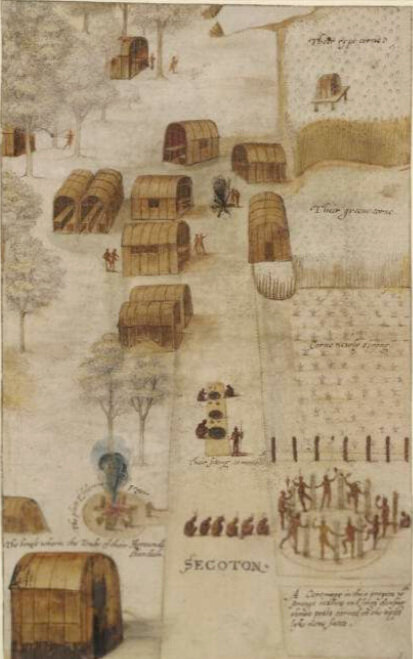North American Colonial Agriculture
in A Companion to Agricultural History, R. Douglas Hurt Editor, Wiley-Blackwell (2022)
In 1973, the then president of the Agricultural History Society, Clarence Danhof, made the case for a tighter, more restrictive definition of agricultural history. “Should not our small guild be able to make a greater contribution if we could agree on a set of boundaries less inclusive in character and more sharply defining the end products we seek for our efforts” This essay proposes one way of limiting the scope of agricultural history by restricting it to studies that directly focus on the violence of imperialism and colonialism, as well as the ways that agriculture practices served Indigenous resistance to colonization. There are certainly others, But, while Sterling Evans is correct when he says scholars must “continue crossing national and disciplinary boundaries” in order to reveal the hidden dependencies created by interconnected pathways of extraction and production, the transnational peregrinations have their limits, which was the “total social fact” of colonization and empire.
“Secoton,” John White, 1585, British Museum
